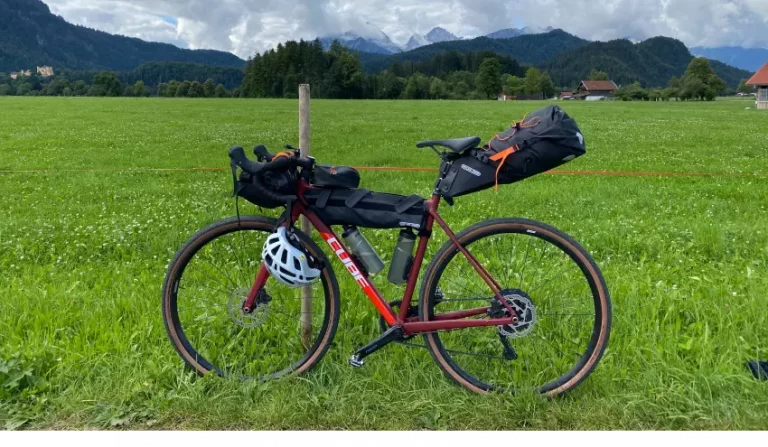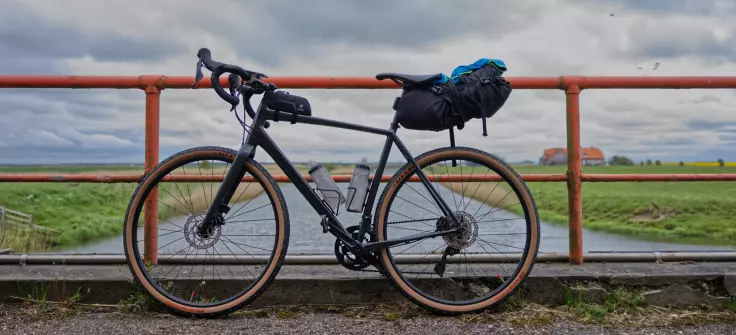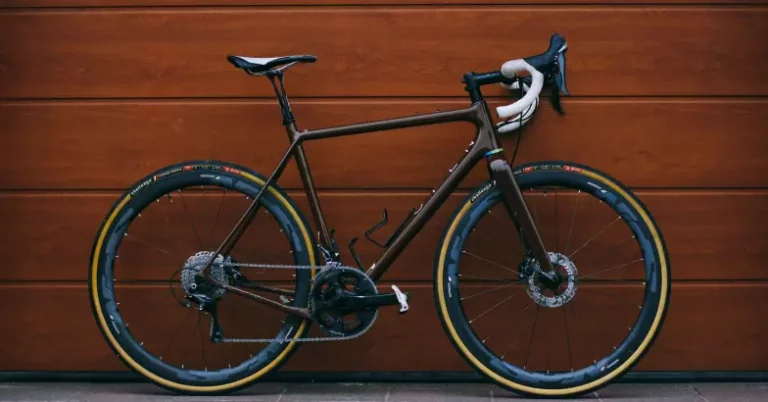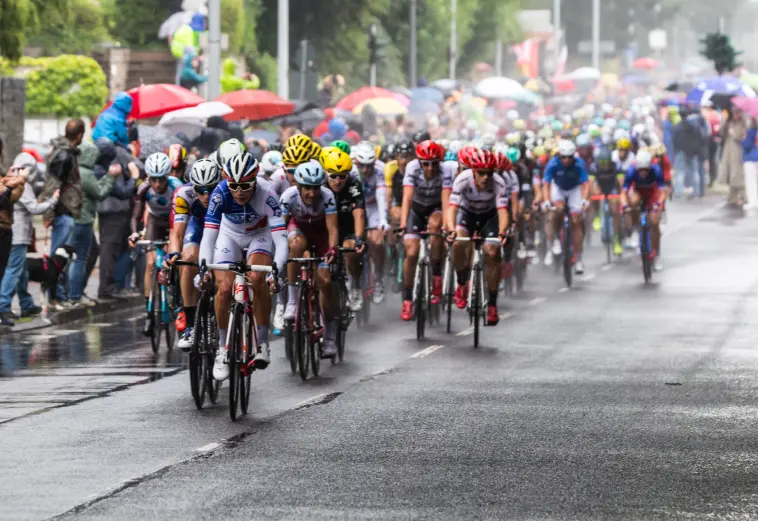Cheap Vs Expensive Road Bike: Is It Worth To Pay Extra?

If you’re new to cycling, chances are you were stunned when you first saw the price of a good road bike.
Why is that the case?
What is the difference between a $300 road bike and a $10 000, even though they look very similar?
In this article, I am going to compare a cheap and an expensive road bike and explain everything you need to know about each one.
So let’s hop into it.
Table of Contents
What is the difference between a cheap and an expensive road bike?
First, we need to clear something up.
A bike that costs $1500 will not be much different than a $1600 bike.
That’s why we need to compare two bikes on completely opposite sides of a spectrum.
When talking about inexpensive road bikes, I’ll take into account only bikes that are up to $400. And when it comes to a high-priced road bike I will consider bicycles that are $3000 or more.
Here are the biggest differences between a cheap and an expensive road bike:
- Weight and Materials
- Brakes
- Shifting Gears
- Aerodynamic & Geometry
Weight and Materials
Materials like steel or aluminum are commonly used in cheap bicycles, which makes them a little heavier than some high-end bikes. They weigh between 9 – 13 kg (20 -to 30 pounds) on average.
The good thing about these materials is that they can sustain high pressure, so if you are constantly carrying some stuff on your bike these are for you.
But there are also two downsides. The first one is of course the weight and the second one is the chance of corrosion, especially for a steel frame. So make sure you are maintaining your bike regularly.
When it comes to expensive road bikes, they are usually made of carbon fiber, which is an extremely expensive and lightweight material.
These bikes weigh between 6 and 9kg (13 and 17 pounds) on average, which is insane.
In order to maximize power transfer, these bikes have been designed to absorb road vibration and to be more comfortable while remaining stiff.
Brakes
There are two types of brakes used by road bikes: disk brakes and rim brakes.
Inexpensive road bikes are usually using rim brakes because they are very efficient for their price.
They are located near the upper part of the wheel and they stop the bike by squeezing the rim of the wheel.
They can wear out fairly quickly so make sure you replace them when it happens.
Also, they cannot work as efficiently in a wet environment as they would in dry conditions, but they are still capable of doing the job just fine.
Almost every high-end bike is using disk brakes specifically hydraulic disk brakes.
As soon as you press the lever, a plunger forces the fluid into the caliper, where the pads are imposed on the rotor, stopping the bike.
This means your bike will stop almost instantly.
Shifting Gears
When it comes to changing your gears there are two main groupsets you can use: mechanical shifting or electronic shifting.
Nowadays all the high-end road bikes are using electronic shifting. Companies including Shimano, FSA, Campagnolo, and Sram are all utilizing the power of electronic shifting.
It’s a simpler and more efficient way of shifting your gears. Campagnolo claims that electronic shifting is up to 30% faster than mechanical. That means you will slightly improve your cadence and your average speed.
Also, electronic groupsets are much more durable and require less maintenance than mechanical ones, you don’t need to worry about rain, mud, dust, sand, etc. cause there are no moving parts you need to worry about.
Cable routing is much simpler with electronic shifting. You don’t need to worry about your cable length and positioning cause there is no moving cable.
All signals are transmitted through a very fast wireless groupset.
Mechanical shifting is still a good way to go and many people still prefer it because it is so familiar to them and is also much more affordable.
Aerodynamic & Geometry
Aerodynamic and bike geometry has a lot of influence on your speed.
Companies that produce high-end bikes have mastered that by testing thousands of different geometries until they found a perfect one.
This means you will have an ideal distance between you, your handlebars, and your paddles. Your weight will be evenly distributed across the bike so that both of your wheels are feeling the same pressure.
They even hide all the clamps and big cables so you can get as aerodynamic as possible.
Is a more expensive road bike faster than a cheap one?
This is one of the most asked questions in a cycling space.
The short answer is yes. Higher-priced road bikes are usually faster by 5- 15% than low-budget road bikes. 15% faster on a downhill, 10% on a flat road, and 5% on uphill terrain.
That’s because they have better geometry for aerodynamics and racing in particular and also they are a couple of kilos lighter than a cheap road bike.
Also, a big part that affects your speed performance is your weight and leg power.
It’s not all in the bicycle itself. Imagine this.
You are riding a $10 000 brand new aero pro ultra road bike. And you are competing against a professional cyclist that rides a $200 Amazon bike.
If I had to bet, I would bet all I have that he will leave you in the dust.
So how you ride is much more important than what bike you ride.
Is It Worth To Pay Extra For an Expensive Road Bike?
When you take all of this info into consideration is it really worth it to give a few thousand dollars extra for a road bike?
It all comes down to you.
Cycling with a cheap road bike is perfectly fine. Most of them have solid components that will last you for years to come.
And when it comes to speed difference, yes expensive road bikes are considerably faster but does it really matter? Do you really need to get to the cafe 1 or 2 minutes earlier than you would if you had an expensive bike?
You can enjoy and have a great time with both cheap and expensive road bikes. It’s just a matter of preferences.
I hope this article was helpful!





